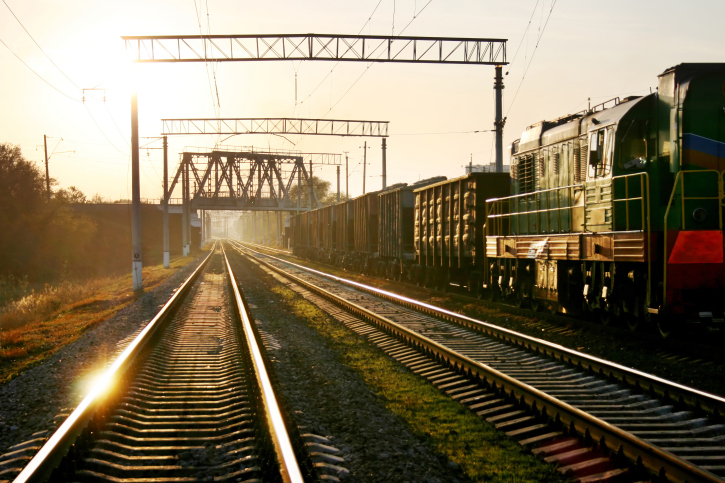Energy
Transporting Petroleum by Rail and Pipeline -- Which Is Safer?
Published:
Last Updated:

News of the Arkansas spill has pushed to the back pages last Wednesday’s train derailment in Minnesota that dumped at least 15,000 gallons of crude oil when 14 tanker cars left the tracks and 3 of the cars ruptured. The train was operated by Canadian Pacific Railway Ltd. (NYSE: CP) and was carrying crude oil from the oil sands region of Alberta.
Rail transportation of crude, especially from Alberta, North Dakota, and Montana, has boomed in the last two years. The American Association of Railroads (AAR) reports that U.S. railroads hauled 233,800 carloads of crude in 2012, up from 65,800 in 2011 and just 29,600 in 2010. Canadian Pacific hauled 53,500 tanker cars of crude in 2012 and expects to haul 70,000 tanker cars this year.
Burlington Northern Santa Fe (BNSF), owned by Warren Buffett’s Berkshire Hathaway Inc. (NYSE: BRK-A), now has the capacity to ship up to a million barrels of oil a day and expects that number to rise according to an AP report from last December. The AP report also cites a study by the Manhattan Institute, described as a “conservative think tank,” which claims that a rail accident is 34 times more likely to occur than a pipeline accident. That’s probably way too high, but the AAR concedes that a rail accident is at least three or four times more likely.
In 2012, there were 563 reported incidents involving spills of hazardous materials on U.S. railroads. Not all were petroleum spills and most were small, but that’s a pretty big number.
By contrast, most pipeline ruptures dump relatively large — sometimes massive — amounts of crude or refined products even though the number of failures is relatively small. An exact number of pipeline ruptures is not easy to find, but a total of less than 100 a year is probably likely.
When an Enbridge Energy Partners L.P. (NYSE: EEP) ruptured in Michigan in 2010, more than 800,000 gallons of crude were dumped into the Kalamazoo River. In 2011, an Exxon pipeline under the Yellowstone River spilled an estimated 63,000 gallons of crude into the river.
The Minnesota train that derailed last week included 14 tank cars filled with up to a maximum of about 35,000 gallons of crude oil each. That’s nearly 500,000 gallons, far more than spilled into the Yellowstone, and approaching the disaster at the Kalamazoo.
The Minnesota spill also occurred while the ground was frozen and the oil could not seep into the local groundwater. But cleaning up the spill could be more difficult than usual due to the cold weather, which makes the crude more viscous and requires heating it before it can be removed.
Denying approval to the Keystone XL pipeline will not make transporting crude oil any safer. If anything, the reverse is more likely to be true. The accidents and spills will not be as spectacular, but there will be a lot more of them.
Retirement can be daunting, but it doesn’t need to be.
Imagine having an expert in your corner to help you with your financial goals. Someone to help you determine if you’re ahead, behind, or right on track. With SmartAsset, that’s not just a dream—it’s reality. This free tool connects you with pre-screened financial advisors who work in your best interests. It’s quick, it’s easy, so take the leap today and start planning smarter!
Don’t waste another minute; get started right here and help your retirement dreams become a retirement reality.
Thank you for reading! Have some feedback for us?
Contact the 24/7 Wall St. editorial team.